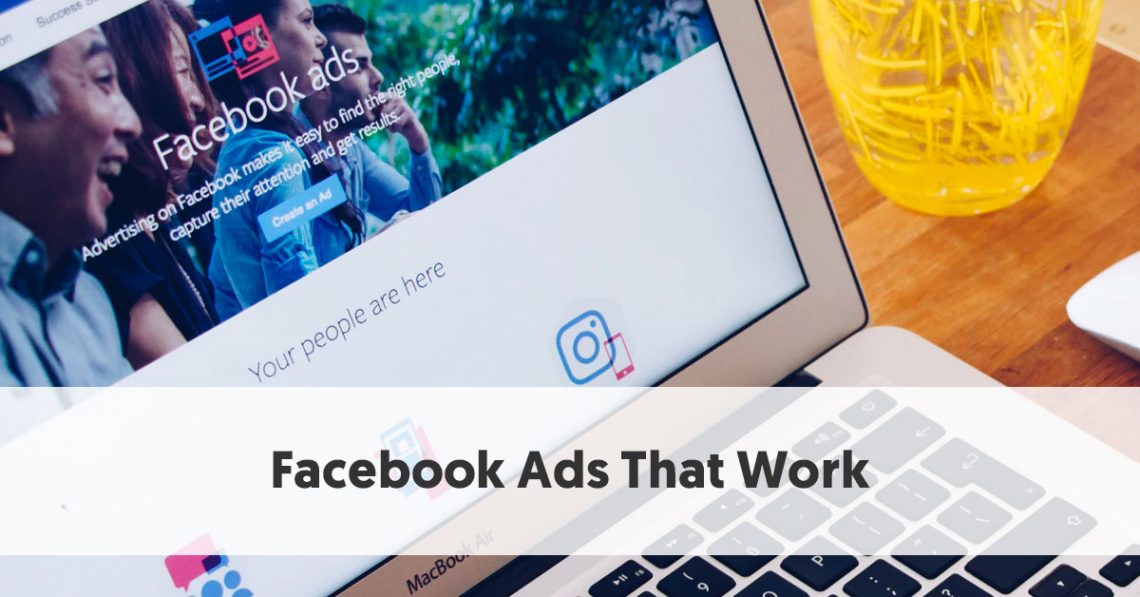Facebook ads can be an excellent way to reach new audiences and expand your business, but getting the most from its paid advertising options requires careful planning and optimization. Daily deal sites and subscription services can both take advantage of Facebook ads to their fullest advantage, earning revenue over time from small purchases made over time.
Targeting
Targeting is key for making Facebook ads successful, and Facebook provides many demographic and audience options that allow you to do just that. By selecting specific audiences,you would like your ad seen by, using Custom Audiences based on information already stored about customers such as emails or phone numbers from customer databases or users who visited websites with tracking pixels – or both – these tools allow you to target specific individuals that will respond positively. Save or reuse these audiences later for new campaigns!
Demographic and targeting options like these typically consist of location, age, and gender information. Although this can provide a solid base, it should be supplemented by other targeting techniques; for instance, if you want to reach business owners it would be more effective to target one specific company rather than general ones.
Facebook can also help you identify people who share similar interests. For example, you may wish to target individuals who follow certain pages on the platform or read certain magazines to increase Facebook ad funnel possibilities. Those interested in specific events such as weddings or sports tournaments, as well as people with specific job titles like business owners or managers.
Audiences

source: pinterest.com
Facebook provides several options for audience targeting, one of the best being Lookalike Audiences – these allow you to identify users that resemble existing customers and leads from data available from customer lists, website visits, or Facebook Pixel. Highly customizable for both remarketing and prospecting use cases, these audiences should ideally consist of between 500,000-1 Million individuals for optimal effectiveness of ads.
Target people by demographics, interests, and behaviors – even down to an individual – using Facebook users’ information about themselves that marketers can use for hyper-targeting purposes. One hilarious example was featured by AdWeek earlier this year when a marketing professional targeted his roommate with ads so targeted that the poor guy thought someone was following him online!
Once your target audience has been established, the next step in setting up an ad campaign can begin accessing Ad Manager (formerly Meta Ads)’s Audiences tab to create or modify it. Simply click the nine-dot icon at the top left of your screen to edit or create audiences; from here you will have four options available to you: Core audiences, Custom audiences, Saved audiences, and Special ad audiences.
Formats

source: pinterest.com
Facebook provides advertisers with a range of ad formats – from clickable images to multimedia experiences – which you can choose from for their campaign, depending on both objectives and budget. Each type is designed for different uses, creating distinct results; therefore,it is crucial that you choose one that best meets your requirements.
Your choice of ad format should fit with both your marketing objectives and the content of the ad. For instance, if the goal of your ad is to boost product sales, use video or carousel ads with eye-catching visuals; make sure your ad copy is clear and concise as well.
Dynamic product ads on Facebook are an increasingly popular ad format for e-commerce retailers and can help generate additional sales as well as increase brand recognition. These retargeting ads work by matching Meta pixel data with the Facebook product catalog to display products most relevant to user browsing histories, providing retailers with an effective tool for increasing revenue while simultaneously growing brand recognition.
Budgeting
When first starting out on Facebook, it is important to gain an idea of the amount of budget needed for ad campaigns. Calculating this budget based on its goals and audience is an easy way to determine an approximate figure; alternatively, use Facebook Ad Spend Calculator to see how many clicks can be received per unit cost.

source: pinterest.com
Budget setting should generally take place at the campaign level for optimal use of resources, enabling Campaign Budget Optimization. CBO will use your money most effectively by allocating the budget to ads with the highest potential based on multiple factors like performance and bid strategy.
Setting either a daily or lifetime budget gives you more freedom, while simultaneously requiring an upfront commitment that may be higher. When starting with Facebook ads for the first time it is best to begin small and increase gradually as jumping in with an overly ambitious budget can waste both your time and money.
Monitoring
If you are running Facebook ads, it is critical that their performance be tracked closely. There are various approaches you can take in doing this; the first is setting specific goals for the ads to achieve and using this as a basis for tracking metrics that matter; this step also assists with creating an effective campaign structure that leads to success.
One of the most significant metrics is the result rate. This measure represents how often an ad was clicked relative to impressions and can help marketers gauge interest in their products or services, as well as help compare the results of different advertising campaigns.
Cost per click (CPC) is another essential metric. This number indicates how much you are spending per click, providing insight into whether or not your ads are effective and making necessary changes accordingly. Likewise, it is useful to compare your CPC with that of competitors within your industry to see whether you are above or below average in spending.
As well as tracking the big Facebook ad metrics, it is also crucial to keep an eye on your conversion rate metric. This metric can prove especially valuable to B2B marketers in helping identify promising leads and monitor their journey through your website.
Meta and Databox client reporting tools offer an effective solution for keeping track of ad metrics. By consolidating Facebook Ads and Google Analytics data into one dashboard, these tools offer a full picture of your marketing strategy so you can monitor performance without having to login separately to multiple accounts.





